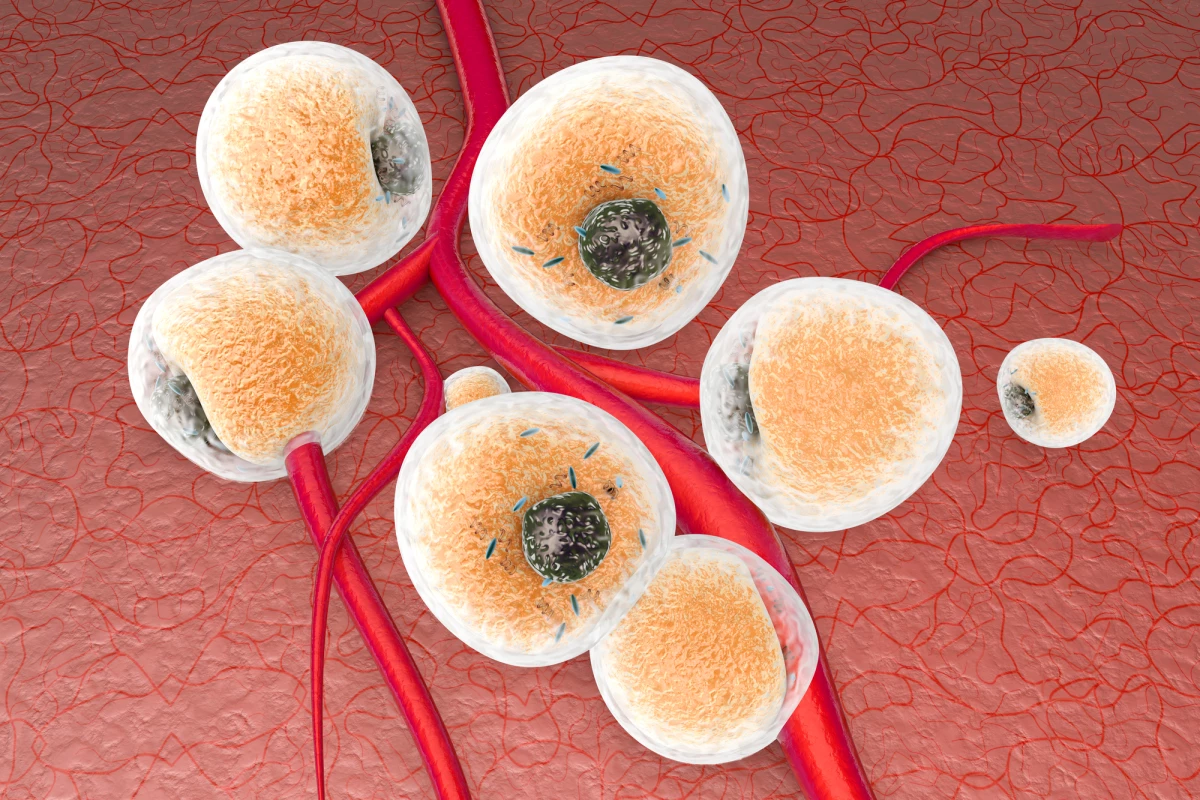In 2012, researchers opened up a promising new avenue in the pursuit of advanced treatments for obesity with the discovery of "beige fat," a type of adipose tissue genetically distinct from white and brown fat that plays an important role in the way calories are burned in mammals. A new study has now uncovered a type of immune cell that activates beige fat in mice, and is shaping as a potential therapy to accelerate the fat-burning process in humans.
“Put simply, white fat – what we generally think of when we think of fat – stores excess energy,” explains the study’s lead author Dr Kate Quinlan, from Australia’s University of New South Wales (UNSW). “Brown fat, on the other hand, can burn off energy, generating heat in a process called thermogenesis. This phenomenon is particularly important in babies and hibernating animals and, more recently, has also been shown to be present in adult humans. Beige fat is a newly discovered type of energy-burning fat that can emerge within white adipose tissue to perform thermogenesis instead of energy storage.”
Since its discovery, a great deal of effort has gone into finding ways to turn white fat into the healthier beige variant. Some possibilities include blocking the uptake of certain hormones or proteins, along with the use of diabetes drugs and even viagra. Through studies on mutant mice with resistance to obesity, the UNSW team has uncovered yet another.
Observations of these mice revealed they had increased levels of beige fat activation, and through their investigations the researchers found they also had more of a certain type of immune cell known as eosinophils. These rare immune cells are implicated in the body's response to some types of infection, but scientists also know them to live in and signal to fat, indicating they can also play a role in fat thermogenesis.
One of the team's experiments involved transplanting immune cells from the mutant mice into healthy mice. These healthy mice were then subjected to a high-fat, high-sugar diet, but wound up being resistant to obesity, indicating that the eosinophils were indeed playing a protective role.
“In the lean, beige mouse there were more eosinophils in fat tissue and these eosinophils had unique gene expression profiles,” Dr Quinlan says. “We also found evidence that eosinophils secrete signaling molecules known to play a role in beige fat activation, providing a possible link between these enigmatic immune cells and their beneficial function in adipose tissue.”
The researchers are continuing to probe the mysteries of eosinophils, working to understand the factors that enable them to drive beige fat activation, with hopes of developing new therapies for obesity.
“Turning energy-storing white fat into energy-burning beige fat is an attractive therapeutic strategy for obesity but currently the mechanisms that drive this process within the body are not well understood,” Dr Quinlan says. “While we need to do more research to further validate our hypothesis, this work suggests that eosinophils may play a larger role in beige fat activation than was previously thought.”
The research was published in the journal Nature Communications.
Source: University of New South Wales




